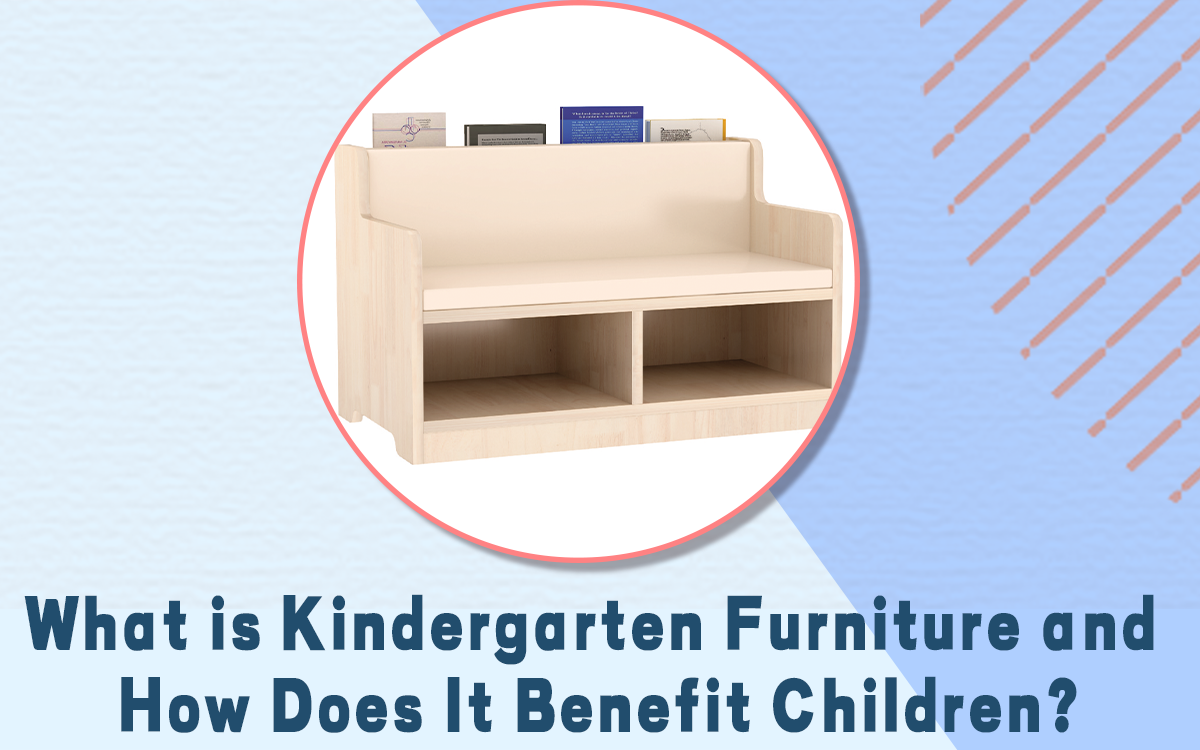
Discover the world of kindergarten furniture – essential pieces designed for young learners. Explore various styles, sizes, and materials, including popular wooden options. Learn how these furniture pieces, crafted by dedicated manufacturers and suppliers, create safe, stimulating environments for children to learn and play. Discover the benefits of ergonomic design and how it supports children’s posture and comfort. Experience the educational advantages of purposeful furniture, encouraging imaginative play and enhancing social and cognitive development. Choose kindergarten furniture to enrich learning environments and promote holistic child development.
Kindergarten furniture plays a crucial role in creating an engaging and safe environment for young learners. These furniture pieces are specifically designed to cater to the needs and activities of preschool-aged children, making them essential for any early childhood education setting. Let’s explore the world of kindergarten furniture, including its types, benefits, and the key players in the industry.
Kindergarten furniture comes in various styles, sizes, and materials, but they all share the common goal of providing a comfortable and stimulating space for children to learn and play. Manufacturers and suppliers of kindergarten furniture focus on creating durable, functional, and aesthetically pleasing pieces that meet the unique requirements of early childhood education settings.
Wooden kindergarten furniture is particularly popular due to its durability, natural aesthetics, and environmental sustainability. These furniture pieces are often designed with rounded edges and non-toxic finishes to ensure the safety of young children. Additionally, wooden furniture can be easily customized to fit different classroom layouts and themes, making them versatile and adaptable to various educational settings.
The design of kindergarten furniture is crucial in promoting a conducive learning environment. Furniture pieces such as tables, chairs, and storage units are designed to be child-sized, allowing children to independently access and use them. Ergonomic design principles are also incorporated to support children’s posture and comfort during extended periods of sitting or standing.
One of the key benefits of kindergarten furniture is its ability to enhance children’s learning experiences. Purposefully designed furniture can encourage children to engage in imaginative play, develop fine motor skills, and improve their social and cognitive abilities. For example, a well-designed playground furniture set can provide children with opportunities to explore, climb, and interact with their peers, fostering their physical and social development.
In conclusion, kindergarten furniture plays a vital role in creating a conducive learning environment for young children. Manufacturers and suppliers continue to innovate and design furniture pieces that meet the evolving needs of early childhood education settings. By investing in high-quality, functional, and engaging kindergarten furniture, educators can create enriching learning environments that promote children’s holistic development.































